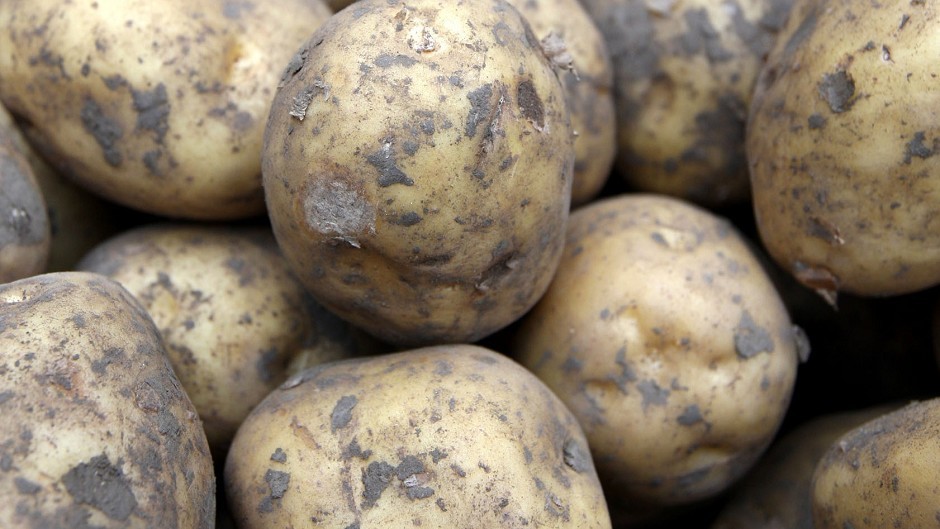Somewhere between 90 and 95% of all the potatoes produced in Scotland are grown on land rented on an annual basis by the merchants from farmers. This has been the system for the past 60 odd years as investment in specialist machinery gave some growers an advantage while others opted out of growing the crop.
Question marks against the simple, straightforward seasonal rent have been raised in recent months that these contracts might have to change to reflect policy requirements in the forthcoming Common Agricultural Policy (CAP).
Yesterday Jeremy Moody, advisor to the Central Association of Agricultural Valuers warned that continuing the present system might be “opening up the farmer and merchant to risk”.
His concern was, with a rent being paid for no active farming, it might breach the rules aimed at preventing “inactive” farmers receiving subsidies.
Moody was supported by his colleague, Alice De Soer, who after describing the new system of entitlements being based on the area of land farmed, said it was obvious the farmer letting the land was not directly involved in production as required by the regulations.
However, David Seed, of Seed & co, Duns, indicated that he had received confirmation from the Scottish Government that the current system could continue to operate.
Last night, a spokeswoman from the Government confirmed that Seed’s view was correct and that the new CAP regime did not change the existing arrangements for ‘tattie lets.’
“The entitlement owner, be they tenant or landlord, will be able to apply for Basic and / or Greening payments when the Single Application Form window opens on May 15, 2015.
“The terms of any further sub-letting and / or contractual agreements for example, permitting ground to be used to grow potatoes depends on the entitlement holder reaching a workable agreement with the grower that takes into account cross-compliance obligations under the relevant scheme.
“RPID’s advice continues to be that all parties involved in the agreement should agree a clear breakdown of responsibilities for each of the cross-compliance conditions; otherwise, the default position is that the entitlement holder is responsible.”
The whirl of uncertainty surrounding this one issue was repeated time and again on other CAP details as the sixty lawyers, valuers and estate agents attending the conference held in Dunblane, moved from the broad policy bones of the next CAP into the practical details.
Mr Moody confirmed that Scotland had lagged behind the rest of the UK in getting many of the details out to farmers with arable producers in particular still waiting on information on a number of significant points.
His strong advice was not to make drastic re-structuring to existing businesses based on interpretations of the regulations as many of the words used by Brussels legislators “did not mean what you think they might mean”.
In general, he advised keeping any reaction to the new CAP as simple and straightforward as possible as the more convoluted the decision making was, the more likely farmers would trip up and face penalties.
He also cautioned against making any moves that could be classified as “artificial”.
He said: “If it bears no relevance to what you are currently doing then there is a real possibility it will be considered as artificial.”
A more informal test of artificiality, he stated, was being able to justify any business changes without “having a smirk on your face”.
